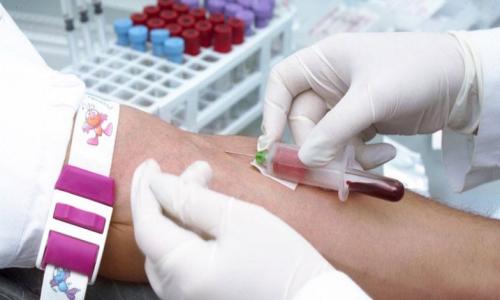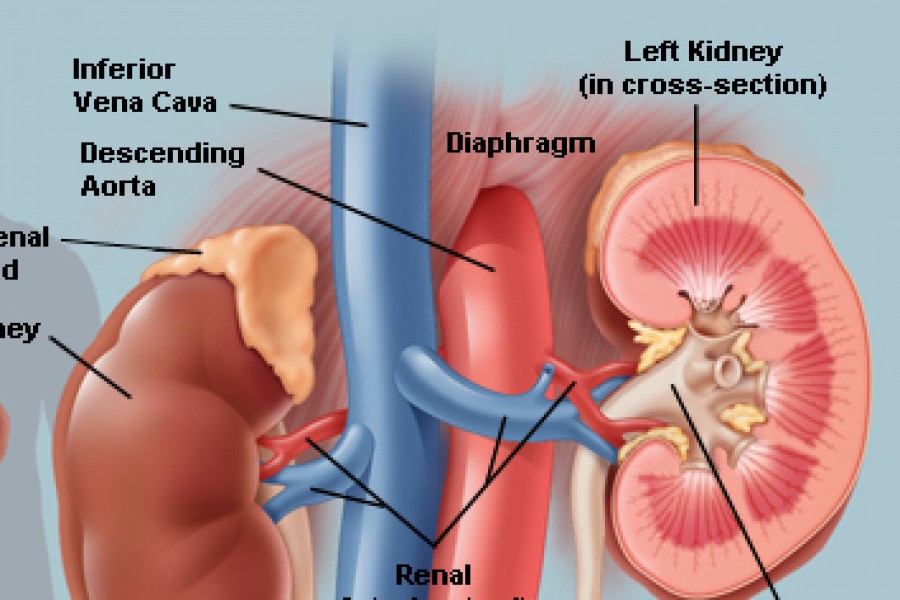
Simple blood test can now detect cancer
Post By : Yedu Satheesh
Post Rank : 1766th
Category : Health & Fitness
Sub Category : other
03 Aug 2014
In an initially, British analysts have contrived a basic blood test that might be utilized to diagnose whether individuals have disease or not.
Early comes about have demonstrated the new test gives a high level of correctness in diagnosing tumor and precancerous conditions from the blood of patients with melanoma, colon malignancy and lung growth.
The test will empower specialists to preclude disease in patients displaying with specific indications, sparing time and anticipating expensive and unnecessary intrusive strategies, analysts said.
"We found that individuals with disease have DNA which is more effortlessly harmed by ultraviolet light than other individuals, so the test demonstrates the affectability to harm of all the DNA, the genome in a cell," clarified educator Diana Anderson from the University of Bradford's School of Life Sciences.
White platelets are a piece of the body's regular guard framework. They go under anxiety when they are battling tumor or different infections.
The Lymphocyte Genome Sensitivity (LGS) test takes a gander at white platelets and measures the harm created to their DNA when subjected to diverse intensities of ultraviolet light (UVA), which is known to harm DNA.
"The consequences of the observational study demonstrate an acceptable refinement between the harm to the white platelets from patients with disease, with precancerous conditions and from sound patients," Anderson noted.
The study took a gander at blood tests taken from 208 people. The examples were coded, anonymised, randomized and after that laid open to UVA light through five separate profundities of agar.
The UVA harm was seen as bits of DNA being pulled in an electric field towards the positive end of the field, bringing on a comet-like tail.
In the fresh recruits test, the more extended the tail the more DNA harm, and the estimations related to those patients who were at last diagnosed with malignancy (58), those with precancerous conditions (56) and the individuals who were sound (94).
"On the off chance that the LGS ends up being a helpful malignancy indicative test, it would be a very significant expansion to the more conventional investigative strategies for recognizing disease," Anderson accepted.
The examination has been distributed online in FASEB Journal.
Comments
Similar Posts

Snoring in Children: Remedies and Causes
Does your child experience bouts of suffocation an...

Camel's Milk Never Curdle
Did You Know ? The Camels Milk will not become cur...

Which is the ideal time to reach orgasm?
This study will not love men! But it's the tru...

Small steps to get a better heart health
Change is a critical piece of living with coronary...

Benefit of bicycling
Which mode of transportation makes you more conten...

Plants which help you to get rid of migrain
Here are some types of plants that can help ease t...

Smile brings happiness.
The way to great wellbeing and satisfaction lies i...

Diabetes seen more in people who takes 2 meals per day than the one who takes 6 meals per day
Scientists say eating my meal and breakfast and lu...

Sexual Life After A Baby
Most of the parents are very much reducing thier s...

Walking is the best medicine for Kidney Patients!
Recent research has shown that walking can reduce ...



